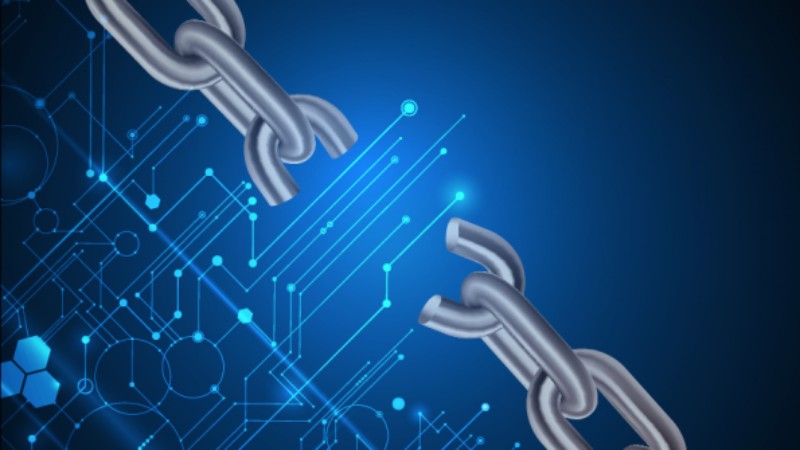Managing The Weakest Link in Your Cybersecurity

In the world of cybersecurity, it’s an undisputed fact that technology plays a pivotal role in safeguarding your digital assets. Firewalls, antivirus software, microsegmentation and intrusion detection systems are all essential components of a robust security posture.
However, as the adage goes, “humans are the weakest link” in any cybersecurity program – and this sentiment holds truer today than ever before. In an era where remote work has become the norm, cybercriminals are exploiting vulnerabilities created by employees working outside the traditional security perimeter.
To fortify your cybersecurity strategy, you must recognize the significance of the human element. In this article, we’ll explore how employee training, a Zero Trust strategy, and additional measures can all work hand in hand to help you manage the weak links in your cybersecurity strategy effectively.
Employee Training: The First Line of Defense
A. Cybersecurity Awareness
Educating your employees about cybersecurity risks is paramount. Start with the basics: what phishing attacks look like, the dangers of clicking on suspicious links or downloading unfamiliar attachments, and the importance of strong, unique passwords. Regularly conduct training sessions and workshops to keep your team informed about evolving threats and best practices.
B. Simulated Phishing Campaigns
Simulated phishing campaigns can be a valuable tool to gauge the effectiveness of your training efforts. These campaigns mimic real phishing attempts, allowing you to identify which employees are more susceptible to falling for such scams. Use the results to provide targeted training and support to those who need it most.
C. Secure Remote Work Practices
Given the rise of remote work, it’s essential to establish secure remote work policies. Ensure employees are using VPNs, encrypting sensitive data, and connecting to secure networks. Emphasize the importance of reporting any suspicious activities or security breaches promptly.
Zero Trust: An Adaptive Security Approach
Zero Trust is a cybersecurity framework that assumes no one, whether inside or outside the organization, should be trusted by default. It treats every access request as potentially malicious and requires verification before granting access to any resource. Here’s how you can implement a Zero Trust strategy within your organization:
A. Least Privilege Access
Limit employees’ access to only the resources and data necessary for their job roles. This reduces the potential impact of a breach and minimizes the risk associated with insider threats.
B. Multi-Factor Authentication (MFA)
Require employees to use multi-factor authentication for accessing critical systems and data. MFA adds an extra layer of security by confirming the user’s identity through something they know (password), something they have (smartphone), or something they are (biometrics).
C. Continuous Monitoring
Implement continuous monitoring of user and device activities to detect anomalous behavior. This proactive approach can help identify potential threats early and take appropriate action before any damage occurs.
D. Microsegmentation
Segment your network, applications or workloads into isolated zones to limit lateral movement for attackers. This way, even if one part of the network is compromised, the rest remains secure.
3. Regular Security Audits and Updates
Frequently assess and update your cybersecurity measures. Conduct security audits to identify vulnerabilities and weaknesses in your systems. Stay up-to-date with software patches and security updates to ensure that your defenses are not compromised due to outdated software.
4. Employee Involvement in Security
Finally, encourage employees to actively participate in cybersecurity efforts. Establish clear reporting channels for security incidents and make sure employees know how to report a potential threat. Recognize and reward employees for their vigilance in maintaining a secure work environment.
While technology forms the backbone of any cybersecurity strategy, the human element remains its most fragile aspect. In today’s digital landscape, where remote work has expanded the attack surface, it’s vital to recognize the importance of employee training and the implementation of a Zero Trust approach.
By empowering your workforce with knowledge and utilizing advanced security measures, you can effectively manage the weakest link in your cybersecurity strategy: people. Remember, in the ever-evolving world of cyber threats, a proactive and well-rounded defense is your best ally in safeguarding your organization’s most valuable assets.